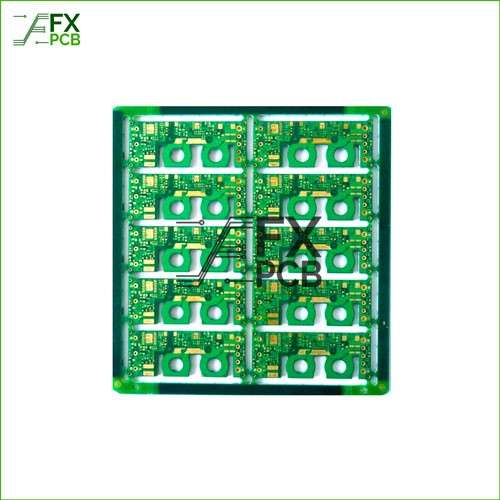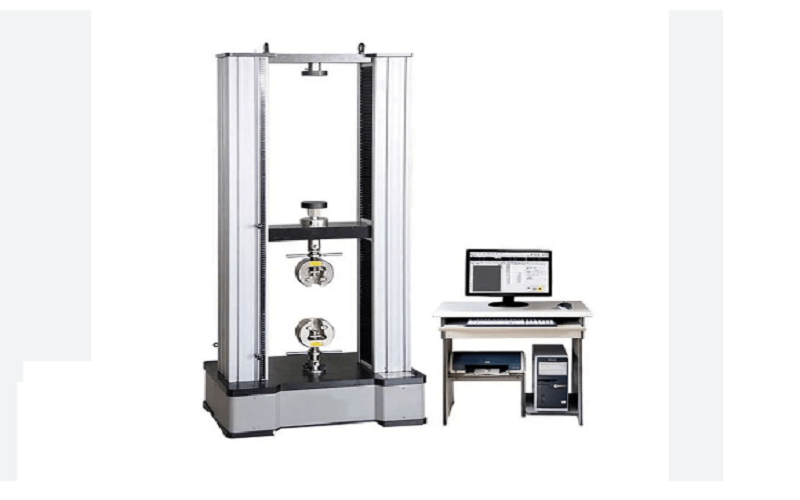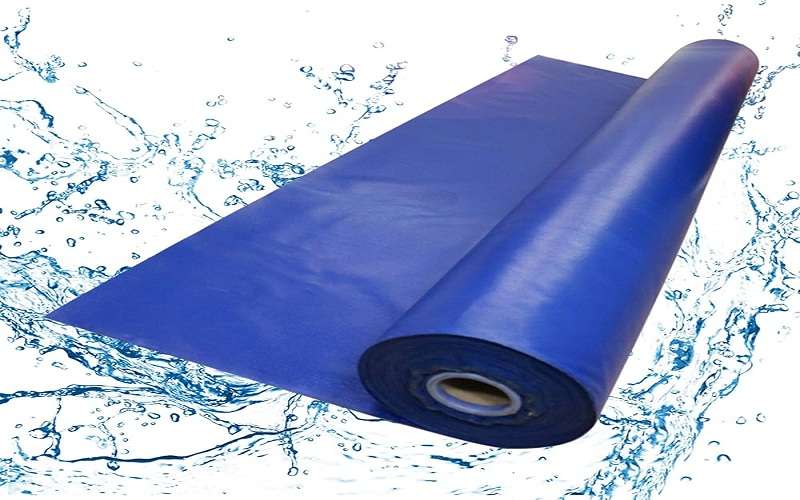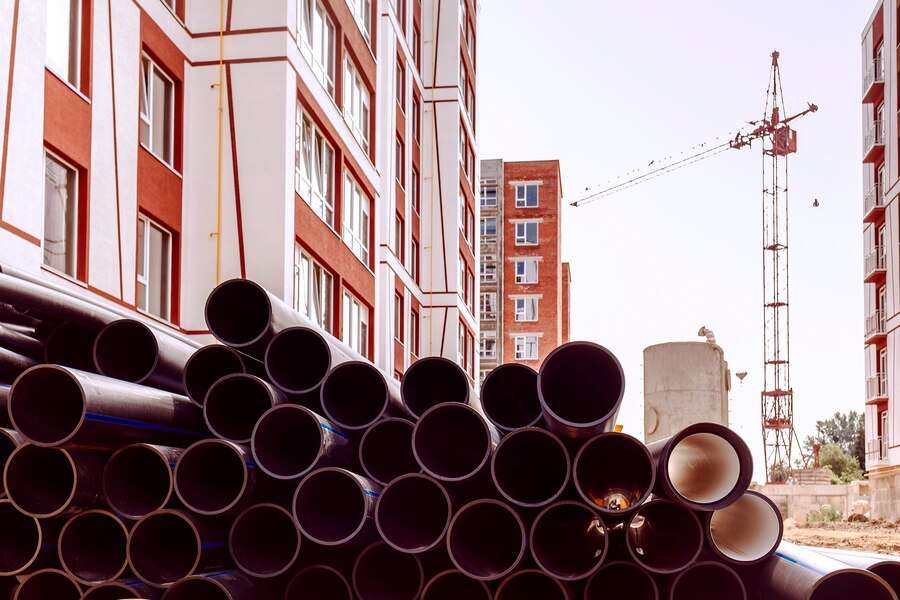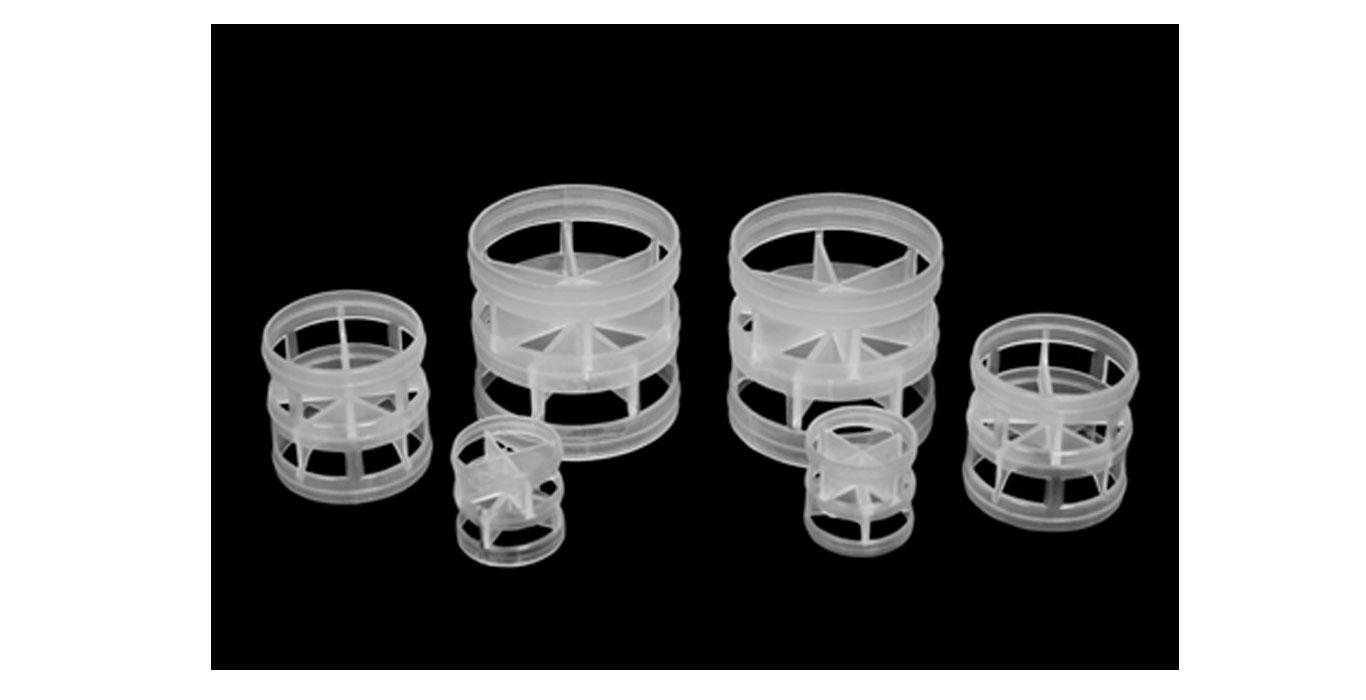Glass PCBs, also known as glass fiber PCBs or glass epoxy PCBs, are circuit boards made from a composite material consisting of woven glass fibers impregnated with epoxy resin.
Introduction:
In the fast-paced world of electronics, the demand for high-performance, lightweight, and compact circuit boards is constantly increasing. In recent years, Glass PCB (Printed Circuit Boards) have emerged as a revolutionary alternative to traditional materials like FR4. Glass PCBs offer a host of benefits, making them a preferred choice for various applications across industries. This article explores the advantages of Glass PCBs and their diverse applications in modern electronics.
What are Glass PCBs?
Glass PCBs, also known as glass fiber PCBs or glass epoxy PCBA, are circuit boards made from a composite material consisting of woven glass fibers impregnated with epoxy resin. The glass fibers provide exceptional strength, rigidity, and electrical insulation properties, while the epoxy resin acts as a binding agent, holding the material together. This unique combination results in a highly durable and reliable substrate for electronic components.
Advantages of Glass PCBs:
a. High Thermal Stability:
Glass PCBs exhibit excellent thermal stability, making them ideal for applications that involve high temperatures, such as power electronics and LED lighting systems.
b. Low Thermal Expansion:
The coefficient of thermal expansion of glass is significantly lower than traditional materials, reducing the risk of solder joint failures due to temperature variations.
c. Enhanced Mechanical Strength:
The robustness of glass fibers imparts exceptional mechanical strength to the PCBA, reducing the risk of damage during handling and assembly processes.
d. Improved Signal Integrity:
Glass PCBs offer superior dielectric properties, minimizing signal loss and ensuring high signal integrity, critical for high-frequency applications.
e. Environmental Friendliness:
Glass PCBs are environmentally friendly as they do not contain hazardous materials like brominated flame retardants (BFRs), which can be found in some traditional PCBA.
Applications of Glass PCB:
Glass PCBs are widely used in automotive electronics due to their ability to withstand high temperatures and mechanical stress. They find applications in engine control units, power converters, and safety systems.
b. Aerospace and Defense:
The aerospace industry relies on Glass PCBs for their exceptional reliability in extreme environments, such as space missions, satellites, and military equipment.
c. LED Lighting:
Glass PCBs are becoming increasingly popular in LED lighting applications due to their high thermal performance and long-term durability.
d. Power Electronics:
In power electronics, where high power densities generate significant heat, Glass PCBs provide an excellent solution for efficient heat dissipation and improved performance.
e. Consumer Electronics: Glass PCBs are making their way into smartphones, tablets, and wearables due to their compact size, lightweight nature, and reliable performance.
Manufacturing and Assembly Considerations:
a. Glass PCBs require special fabrication techniques due to the unique properties of the glass and epoxy composite material. Manufacturers often employ controlled layer stack-ups and precise drilling processes.
b. During assembly, it’s essential to use appropriate soldering techniques and temperature profiles to prevent damage to the glass substrate and ensure reliable solder joints.
Uses of Glass PCBs:
Automotive Electronics:
Glass PCBs find extensive use in automotive electronics, where they are employed in engine control units (ECUs), power converters, anti-lock braking systems (ABS), airbag systems, and various other electronic components. The high thermal stability of Glass PCBs is especially crucial in the automotive industry, where components may be exposed to extreme temperatures.
Aerospace and Defense:
The aerospace and defense industries rely on Glass PCBs for their excellent thermal and mechanical performance in harsh and high-altitude environments. Applications include avionics, communication systems, radar systems, satellites, and missile guidance systems.
LED Lighting:
Glass PCBs are increasingly popular in LED lighting applications due to their superior thermal management capabilities. They efficiently dissipate heat generated by LEDs, ensuring longer lifespans and better performance of lighting systems.
Power Electronics:
In power electronics, where components handle high currents and wattages, Glass PCBs play a vital role in maintaining stable circuit operation by effectively dissipating heat. They are commonly used in power inverters, converters, motor drives, and renewable energy systems.
Consumer Electronics:
Glass PCBs are finding their way into various consumer electronic devices, such as smartphones, tablets, wearables, and smart home appliances. Their compact size and lightweight nature make them suitable for these compact and portable devices.
Medical Equipment:
Glass PCBs are utilized in medical equipment due to their reliability and ability to withstand rigorous sterilization processes. They are used in devices like ultrasound machines, patient monitors, and diagnostic equipment.
Overall, the importance of Glass PCBs lies in their ability to meet the ever-increasing demands of modern electronics, providing a reliable and high-performance substrate for various applications across industries.






